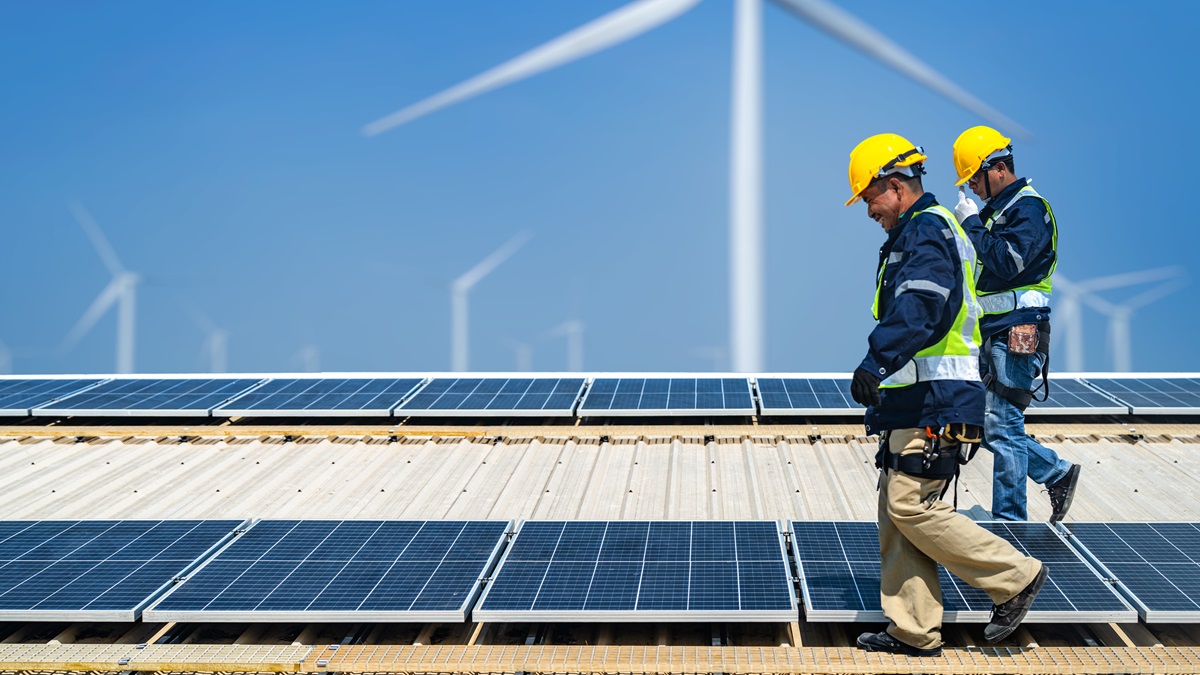Global climate finance needs a quantum leap in both quantity and quality to address developing economies’ needs for a just transition towards sustainability and resilience.
© Shutterstock/ultramansk
The world is on the cusp of a new agreement aimed at massively scaling up financing for developing countries’ efforts to tackle climate change.
Deliberations on a new collective quantified goal (NCQG) for climate finance are expected to conclude at the United Nations climate change conference COP29 set for mid-November in Baku, Azerbaijan.
The new goal seeks to raise climate finance provisions from developed to developing countries well above the current target of $100 billion per year.
But it takes more than numbers to address the evolving needs and priorities of developing nations, UN Trade and Development (UNCTAD) cautions in a new report released just ahead of the high-stakes climate summit.
Equally crucial is improving the quality of financing, making it more transparent and accessible, while upholding the principle of common but differentiated responsibilities and respective capabilities.
“Ultimately, the goal of the NCQG must be to transform the climate finance landscape and herald a new era of mutual trust, cooperation and climate action,” the report urges.
But first, how much do developing countries need for climate action?
Quantifying the goal requires first and foremost, an evidenced-based estimate of the scope of investment necessary to achieve the three main components of climate action – mitigation, adaptation and managing loss and damage – across the developing world.
Based on modelled projections using the United Nations Global Policy Model, developing countries would need about $1.1 trillion in climate finance from 2025 and some $1.8 trillion by 2030.
In a best-case scenario – with global economic governance reforms and multilateral coordination efforts in place – developed countries would fund at least three quarters of the climate investments needed by their developing counterparts.
Accordingly, the new climate financing contribution target for developed economies would be $0.89 trillion from 2025 and $1.46 trillion by 2030.
This would correspond to around 1.4% of developed countries’ GDP from 2025 and a drastic increase from the current annual commitment of $100 billion.
Despite the significant scale-up in ambition, the proposed climate finance target could still be feasible, when compared to other significant expenditures undertaken by advanced economies historically and recently.
And what about quality?
In short, high-quality climate finance should foster climate-resilient growth in line with the global goals outlined in the Paris Agreement and the 2030 Agenda for Sustainable Development. But there’s reason to believe current climate finance isn’t reaching its potential.
To this end, UN Trade and Development recommends key principles that can help guide discussions and feed concrete elements into the final agreement to be reached at COP29.
It says that the new climate financing goal must be firmly anchored in addressing both the quantitative and qualitative needs of developing countries.
Targets for contributions should be based on a fair effort-sharing approach among developed countries, such as using a share of GDP target as with official development assistance, which enables collective understanding of the distribution of responsibilities and thus encourages accountability and predictability.
Instead of exacerbating debt burdens, the new financing regime should help expand the fiscal space of developing countries to implement national climate action plans.
This means a higher proportion of grants and highly concessional financing, inverting the current trend where most climate finance is delivered as loans and only a small proportion as grants.
“If developing countries become increasingly indebted, weighed down by lengthy application processes or lack avenues to suitable finance to deliver climate priorities, the NCQG will have done little to address the shortcomings of the $100 billion commitment,” the report notes.
Additionally, the UN Trade and Development report underscores that improving the impact of climate finance requires reforming broader global economic governance, including the international financial architecture.
Efforts in this direction will be vital to unlocking additional sources of financing, tackling the systemic inequities facing developing countries, and maximizing the effectiveness and development benefits of future climate finance flows.

